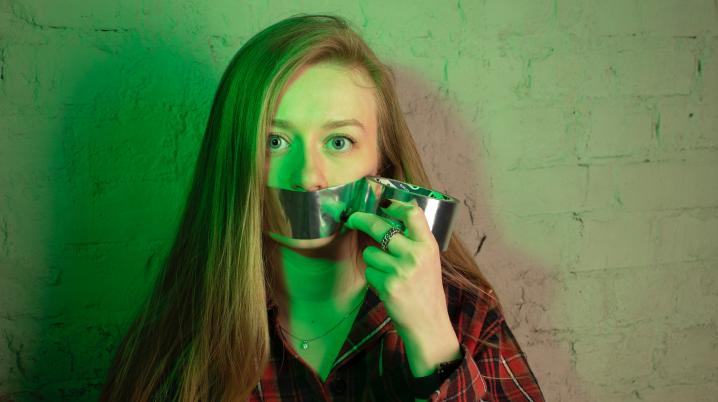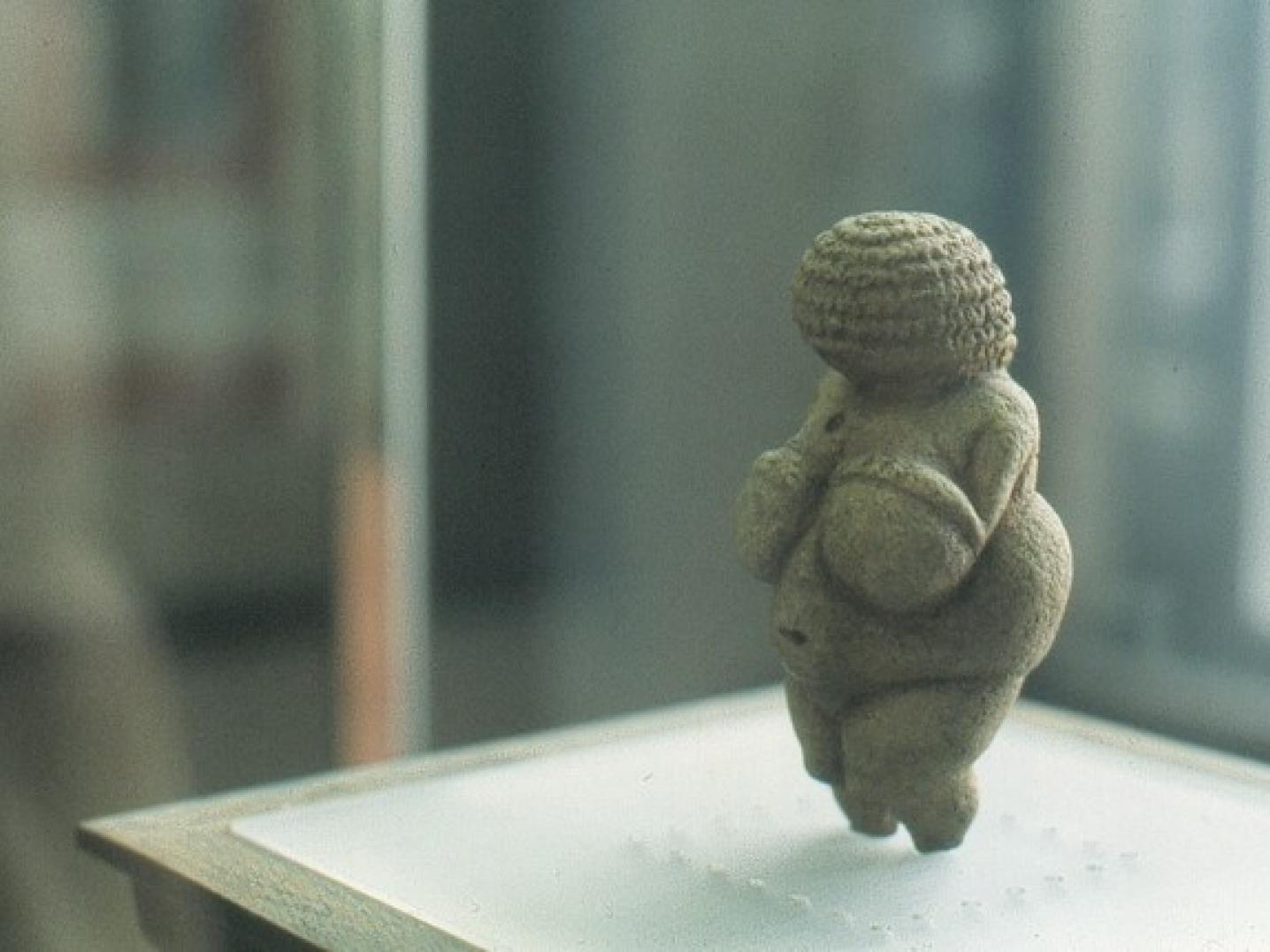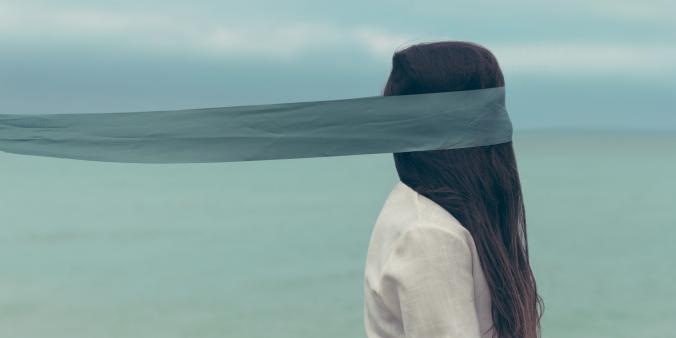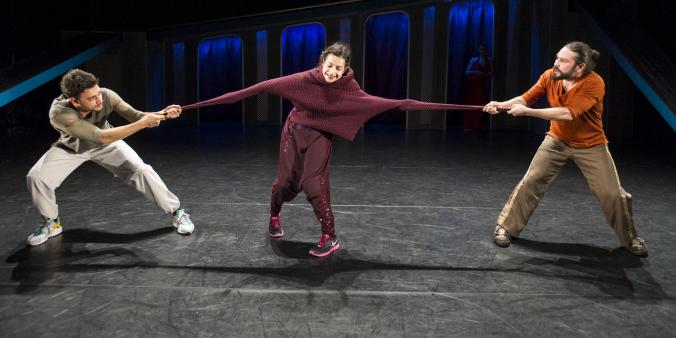
Beauty shall save the world: Lionel Veer on artistic freedom
By Lionel Veer
Consul General in St Petersburg and former human rights ambassador Lionel Veer wrote a keynote on the state of artistic freedom in the world for the meetup Artistiek Kompas, organised by Dutch Culture and the Performing Arts Fund on 15 April.
What is censure?
Censure may seem a thing of the past in the Netherlands, but it is unfortunately still a reality in large parts of the world. And if you look closely, you will find it here, too. Censure is an umbrella concept for many types of repression, as governments and, increasingly, non-state organisations and groups attempt to control artistic freedom and cultural expression.
The purpose of censure is always to protect the position of those in power and to maintain the status quo. Authorities often view artists and free spirits in general as a threat, since their desire for freedom and artistic expression pushes up against the boundaries of the established order, and they cast a new light on generally accepted standards and ideas. This is certainly so in situations where a wider sense of discontent is stirring in society, and the feeling of an impending revolt or revolution is in the air. This puts things on a knife-edge, and forms of art, creativity and imagination are easily perceived as undermining authority. You might say that the established order’s greatest fear is that the power of the imagination actually comes to power. Political censure is therefore the most widespread form of censure, and it occurs in many part of the world.
Censure as protection
Social control is also a form of censure. Deviant opinions are ‘corrected’ very effectively within people’s own social circles, without requiring any state intervention. It is often not even perceived as pressure but as ‘protection’. The citizen must be protected against the undermining of the public order and authority, against sexual indecency, moral decay, and a lack of respect for religious symbols.
Until 1977, the Netherlands exercised film censure with the goal of protecting public morality. A famous film that was banned was Blue Movie by Wim Verstappen and Pim de la Parra, from 1971. The film has now acquired something of a cult status, but Wim Verstappen had a lot of trouble at the time convincing the film certification authority that this film was not pornography but cultural criticism. The ban was eventually revoked, but there are more recent examples of film censure. Just last year, for example, The Death of Stalin – a parody on how the Communist party leadership reacted to the death of the great leader – was banned in Russia. According to the censor, the film was irreverent. And just a few years ago, Lars van Trier’s Antichrist was banned in France on the grounds of being blasphemous.
The call for censure can frequently be heard in the Netherlands, too. Not for political censure, but for instance to block the airing of certain television programmes, to ban the performance of bands with neo-Nazi lyrics, or to prohibit events that might endanger ‘the public order’. Of course, situations can occur in in which it is necessary to protect the public order, general morals, minorities or other sensitive matters. In such instances, the call for censure seems legitimate.
Freedom of expression
The right to free cultural expression is part of a wider framework of human rights and the right to freedom of expression. It is interesting to first consider the figures concerning repression aimed at journalism, before looking at the volume of violations of the right to artistic freedom. Journalists are often the first to get into trouble. The freedom of expression, free media and the freedom and safety of journalists are under pressure all around the world.
According to UNESCO statistics, in 2018 more than eighty journalists were murdered. Many were killed while doing their work in dangerous areas, but at least half were killed deliberately, and often far away from international conflict zones. These are shocking figures. But no less shocking is the fact that the murderers have gone unpunished in virtually all instances. This impunity is undermining the rule of law across the world. In 2018, over 250 journalists were in prison. According to the official reason, not because they were working on a critical piece about local authorities or were investigating corruption or criminal activities, but because they had tax arrears or were suspected of terrorism.
Artistic freedom
There is lots of information about journalistic repression, but much less about the artists who are killed or imprisoned. Free Muse collects data worldwide about artists under pressure and lobbies the United Nations and national governments to be more respectful of artistic freedom and to act against violations of the right to free cultural expression. Every year the organisation releases the report The State of Artistic Freedom. In 2018 they investigated 673 cases from 80 countries that involved violations of the right to artistic freedom. The report does not pretend to cover all violations that occur around the world, so the figures will actually be much higher.
Why this particular focus on art and artists? As Free Muse explains, “Arts and culture are crucial for developing vibrant societies, broadening people’s perspectives on different political, cultural and social issues as well as being important indicators of democratic health. Freedom of creative and artistic expression has been recognised as a fundamental human right. Yet, the violations of people’s right to express themselves through different art forms have been constantly registered in different corners of the globe, while artists are physically attacked, prosecuted, detained and in other ways intimidated because of the content of their artwork.”
Some figures for 2018
4 artists in 3 countries were murdered
157 artists in 29 countries were sentenced to prison or arrested
On what grounds were they arrested or imprisoned?
56% on political grounds
18% on suspicion of terrorism
12% on religious grounds
9% were part of a minority
It is surprising to discover that Spain has jailed the largest number of artists, in this case musicians, namely 14 persons. China is in second place with 11 artists.
What type of artist suffered a restriction of artistic freedom?
270 musicians in 55 countries
147 visual artists in 37 countries
108 film makers in 35 countries
70 actors and theatre makers in 24 countries
50 writers in 17 countries
14 dancers in 9 countries
14 other violations of artistic freedom in 2 countries
How often was censure applied in 2018?
No less than 1807 artists and art works were censured, with the local government acting as censor in 67% of all cases. Remarkably, censure is not applied only in authoritarian countries, but the majority of cases occurred in the United States. It is also interesting to note that in 82% of the cases, the censure was justified in terms of protecting sexual morals, and in 8% the censure was exercised by social media.
Sexual morals
Why this recurrent attention for sexual morals? Where does one draw the line between prudishness and indecency? The dividing line has not remained static over the last decades. Much of what was simply accepted as innocent nudity twenty years ago would now be considered indecent. As an example, I think back to the exhibition Youth is an Art by Daan van Golden in the Institut Néerlandais, in the late 1990s. This exhibition consisted of a series of photographs that Daan van Golden had made of his daughter, including some in which she, as a young girl, was nude. This was not an issue at the time, but today you would need to think twice before exhibiting such photographs.
Have we become so prudish? Or have we come to fear the public reaction, now that a visitor’s indignation can trigger disproportionate attention through social media? This is not censure by the government, but self-censure due to fear for what might follow on social media, which represents a serious threat to artistic freedom. In this way, these media are starting to serve as a kind of modern tribunal with a worldwide reach.
This problem is exacerbated when the administrators of these social media start removing all sorts of content, without serious reflection or out of fear of being tarnished. The ability to distinguish between art, culture, beauty and obscenity is apparently too difficult for the censors of, for example, Facebook. A case in point is how Facebook removed the 30,000-year-old Venus of Willendorf figurine, and the apologies that the censor was subsequently forced to offer.

Non-state actors
Free Muse notes an increase in censure by non-state actors: the government’s official censor is assisted or even outdone by all sorts of groups that pressurise artists or artistic event organisers to adapt the content or leave out certain matters. This often leads to self-censure out of fear of being personally targeted. In last year’s documentary Het is gezien, by Tom Rooduijn and Erik Lieshout, a number of Dutch artists say that they will not express certain matters for fear of personal retribution. This is clearly a form of self-censure, even though the persons involved know that they have the law on their side. Social media and the internet play an important role in these cases, too. This is an issue that has received too little attention so far, and even governments who are committed to protecting the freedom of expression are unsure how to respond.
Terrorism
Combating terrorism is another reason cited to exercise censure. Nobody can object to combating terrorism, but Free Muse notes that governments often cannot resist the temptation of introducing new powers or to use or abuse new rules to silence critical voices. The fourteen musicians who used their voice to support the call for Catalan independence are among those on the receiving end of such strategies. Artists who criticise government authorities, especially in countries under authoritarian rule, still run the greatest risk. However, artists who cast doubt on the dominant social, cultural and certainly also religious norms or who voice a different view are increasingly coming under pressure as well.
Cultural dialogue
Today we find ourselves in an oddly paradoxical situation. While the internet and other means of electronic communication have vastly increased the possibilities for the worldwide expression of our cultural diversity, this diversity is met with increasing intolerance. However, this doesn’t mean we should throw in the towel or stop seeking cultural collaboration with partners in countries where the artistic freedom is constrained and human rights are violated. To the contrary, under such difficult circumstances it is all the more important to seek out the other and to engage in dialogue. A cultural dialogue implies respect for diversity, and the willingness to listen to other views. It is important to uphold one’s own ideas and values, but it is also important to listen to others.
It can be difficult to work in countries where repression and a lack of respect for human rights and artistic freedom prevail. When doing so, it is important to have a clear view in advance of what you wish to do and why. Think carefully about your own cultural and political vision. Be aware that cultural diversity means that others, including your partners abroad, may take a very different view of things which we take for granted. It is essential to respect that people can live and think differently. You must furthermore realise that the people you work with in those countries are exposed to greater risks than you. Whenever you wish to protest against something that you feel is unjust, first stop to think whether this might endanger your local partners.
More is possible than you might think
In my experience, it is often possible to do more than you might think at first. This is a reason for optimism. For example, it proved possible to organise Manifesta10 in Russia, in 2014. In one of Russia’s largest and most prestigious cultural institutions, the Hermitage in St Petersburg, a wonderful and certainly somewhat controversial exhibition took place. Now that I live in Russia, I frequently notice that more is possible and is also received with more enthusiasm than I had expected. Perhaps the Russians have a deeper faith in the power of culture, the power of art, and the power of beauty.
That is why I wish to end by quoting Dostoyevsky, who survived a mock execution and many years of hard labour in Siberian prison camps, and who nevertheless wrote: Beauty shall save the world.



